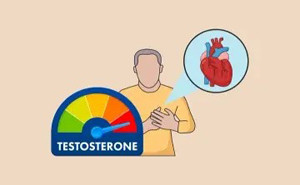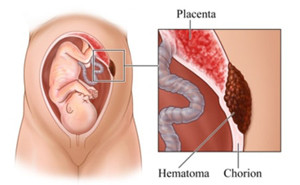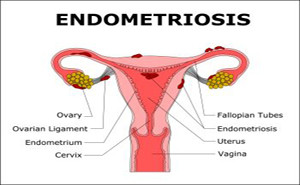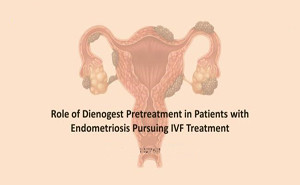Gonadal-hormones-sex-hormones-and-their-antagonists
Annals of Internal Medicine: Published May 2024Testosterone (T) levels slowly
decline as we age, and serum hormone-binding globulin (SHBG) levels gradually
increase. As SHBG increases, there is less T available to the tissues. There
are several conditions that reduce levels of T; these include being overweight,
having metabolic dysfunction, liv...
Puberty menorrhagia is defined as excessive bleeding in amount (>80ml)
or in duration
(>7days) between menarche and
19 years of
age.The most common cause of puberty menorrhagia
is anovulatory cycles. Other causes include infection, bleeding disorders, and endoc...
Social Science Research Network (SSRN) Elsevier
Journal: Published on April, 2023Dysfunctional
uterine bleeding (DUB) is defined as bleeding from the uterine corpus that is
abnormal in regularity, volume, frequency, or duration and occurs in the
absence of pregnancy. Dysfunctional
Uterine Bleeding (DUB) is defined as abnormal uterine...
Published on PubMed: October, 2022Endometriosis is a benign chronic
inflammatory disease defined as the presence of endometrium outside of the
uterine cavity. The disease affects 10% of women in reproductive age; it is
mainly characterized by dysmenorrhea and infertility, affecting the quality of
lifeDysmenorrhea, chronic pelvic pain,
dyschezi...
Journal of South Asian Federation of Obstetrics and
Gynaecology:
Published on July, 2022Abnormal uterine bleeding (AUB) is defined as any type of
uterine bleeding in which the amount, duration, or frequency is excessive for
the patient, and is not attributed to any detectable systemic or uterine
pathology, or pregnancy. The signs of AUB includ...
PubMed Central: Published on January, 2021Subchorionic hematoma (SCH) refers
to a collection of blood between the chorionic membrane and the uterine wall as
caused by the separation of the chorion from the endometrium. It is the most
common sonographic abnormality in pregnant women with symptoms of threatened
miscarriage and the most common cau...
AHA Journal: Stroke: A Journal of Cerebral Circulation: Published on June, 2022Millions of women worldwide use
exogenous hormones as oral contraceptives or hormone replacement therapy.
Still, time-dependent and long-term consequences of exogenous hormones on
stroke risk remains unclear.TAKE-HOME MESSAGEIn this UK Biobank analysis
including 257,...
The majority (70-93%) of adolescents have discomfort associated
with menstruation. Dysmenorrhea is the most common reason for missed school and
activities. Up to 20-40% report missed school due to dysmenorrhea, and 40%
report a negative effect on school performance and concentration. Adolescents
with severe dysmenorrhea have impaired qualit...
Endometriosis
affects up to 10% of women of reproductive age, and the main goal of treatment
is to relieve symptoms. Progestins have been the mainstay of endometriosis
suppression, of which dienogest has become an important option in many parts of
the world.
A
search of PubMed was conducted for papers published between 2007–2019 o...
Pretreatment with Dienogest in women with Endometriosis undergoing IVF after a previous failed cycle
Endometriosis
is a benign chronic inflammatory estrogen-dependent disease and a well-known cause
of infertility. Endometriosis may have a direct harmful effect on fertility not
only due to the presence of adhesions and anatomic distortions, but also
because of the intrinsic negative impact on oocyte development, embryogenesis,
or implantat...
Annals of Internal Medicine:
TAKE-HOME MESSAGE
In this UK Biobank study, the
authors sought to evaluate the correlation between serum testosterone levels
and cardiac events, finding no association between total testosterone and risk
for major adverse cardiovascular events (MACE).
Men with lower total testosterone
concentrations wer...










